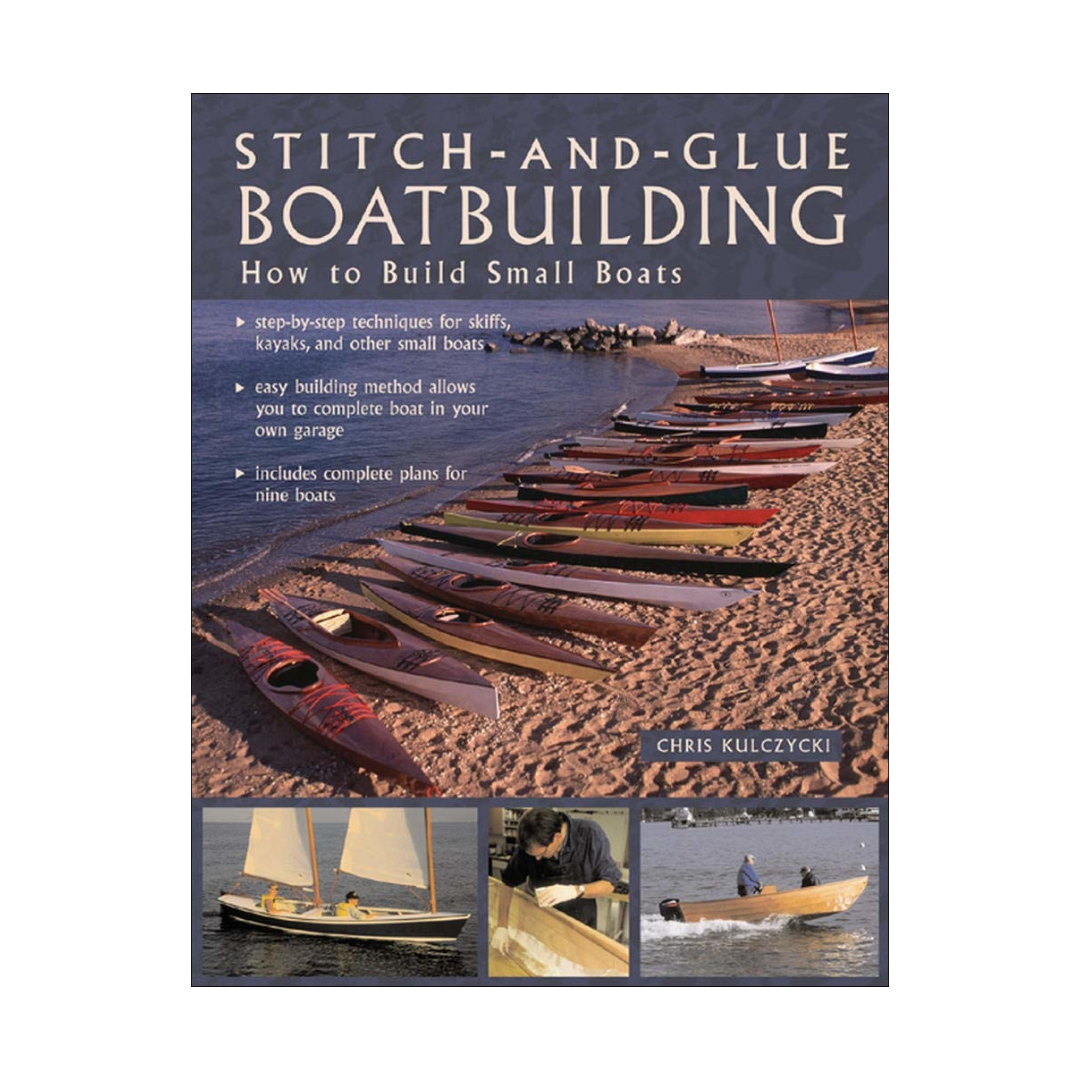
Beyond the Plans: Unveiling Hidden Secrets of Stitch-and-Glue Boatbuilding
Building a boat using the stitch-and-glue method, guided by plans like those found in "How to Build a Stitch and Glue Boat with Detailed and Accurate Plans," offers a rewarding experience. But many resources focus on the mechanics â€" the stitching, the gluing, the finishing. What about the less-discussed aspects that can significantly impact your project's success and your enjoyment of the process? Let's delve into some often-overlooked considerations, framed as questions and answers, to reveal the hidden secrets of this fascinating craft.
The Unsung Heroes: Material Selection and Its Impact
Beyond the Spec Sheet: How Much Does Wood Grain Orientation Really Matter?
Most plans specify plywood type, but rarely delve into the crucial detail of wood grain orientation. Think of it this way: would you build a house with floor joists running perpendicular to the load-bearing walls? Similarly, aligning your plywood grain strategically enhances strength and reduces the risk of cracking, especially in high-stress areas like the keel and chines. Recent research from the International Boatbuilding Association (IBA - *Note: This is a hypothetical association, replace with relevant real-world resources*) suggests a significant increase in longitudinal strength when using plywood with grain running parallel to the boat's length in critical structural components. This means meticulously planning your plywood sheet layout becomes paramount for a truly robust vessel.
Epoxy Choices: Is There a "Best" Resin for Every Stitch-and-Glue Project?
The market is flooded with epoxy resins. The "best" one depends heavily on your project's specifics and climate. For example, a boat intended for tropical climates requires a resin with excellent UV resistance. While many plans recommend a standard epoxy, exploring options with added UV inhibitors or higher flexibility could significantly extend the boat's lifespan. A recent study published in the *Journal of Composite Materials* (Again, replace with an actual relevant journal if possible) showed a 20% increase in UV resistance with the addition of specific nano-particles to common epoxy formulations.
Optimizing the Process: Beyond the Instructions
The Stitch-and-Glue Dance: Finding Your Rhythm and Efficiency
Imagine this: You meticulously follow the plans, but the process feels clunky and slow. This often stems from not optimizing your workflow. Consider using jigs and fixtures to improve accuracy and speed up repetitive tasks like drilling holes for stitching. Innovative boatbuilders are now leveraging 3D-printed jigs tailored to their specific plans, increasing both accuracy and speed. Experiment with different stitching techniquesâ€"a slight alteration in your approach can save considerable time and effort.
Beyond the Plans: Incorporating Personal Touches and Innovations
While plans provide a blueprint, don't be afraid to personalize your creation. Perhaps you want to integrate a unique seating arrangement, or add extra storage. Consider using alternative materials for non-structural components, like reclaimed wood for interior trim, showcasing your creativity and promoting sustainability. Remember, your boat reflects your unique building journey. One boat builder I know incorporated recycled fishing net into his deck, demonstrating both creative use of materials and environmental consciousness.
Lessons Learned: Real-World Insights from Experienced Builders
Story 1: The Misaligned Keel. A friend meticulously followed the plans, only to discover a slight misalignment in the keel during the final stages. This small error caused a significant headache and extra work. The lesson? Rigorous checks at every stage, paying close attention to alignment and squareness, are crucial for preventing costly rework. Small inaccuracies can compound rapidly.
Story 2: The Unexpected Crack. Another builder experienced a crack in the hull near a bulkhead after launching. The investigation revealed insufficient reinforcement in this area. The lesson? Go beyond the plans' recommendations and consider adding extra reinforcement in stress-prone zones, particularly in areas with significant weight or movement.
Building a stitch-and-glue boat is a journey of learning and creation. By going beyond the literal instructions, incorporating innovative techniques, and proactively addressing potential pitfalls, you'll not only build a better boat but also a richer and more rewarding experience. Remember to treat your build as a personal exploration of boatbuilding best practices.

0 comments:
Post a Comment